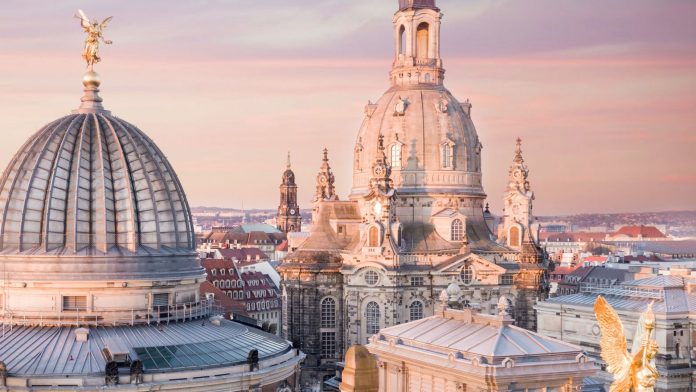[ad_1]
Curved architectural forms, playful lighting effects, large gardens: the Baroque era is full of architectural diversity and feudal elegance. This can still be enjoyed today in castles and residences, and even in all districts of the city.
Würzburg: baroque architecture in focus
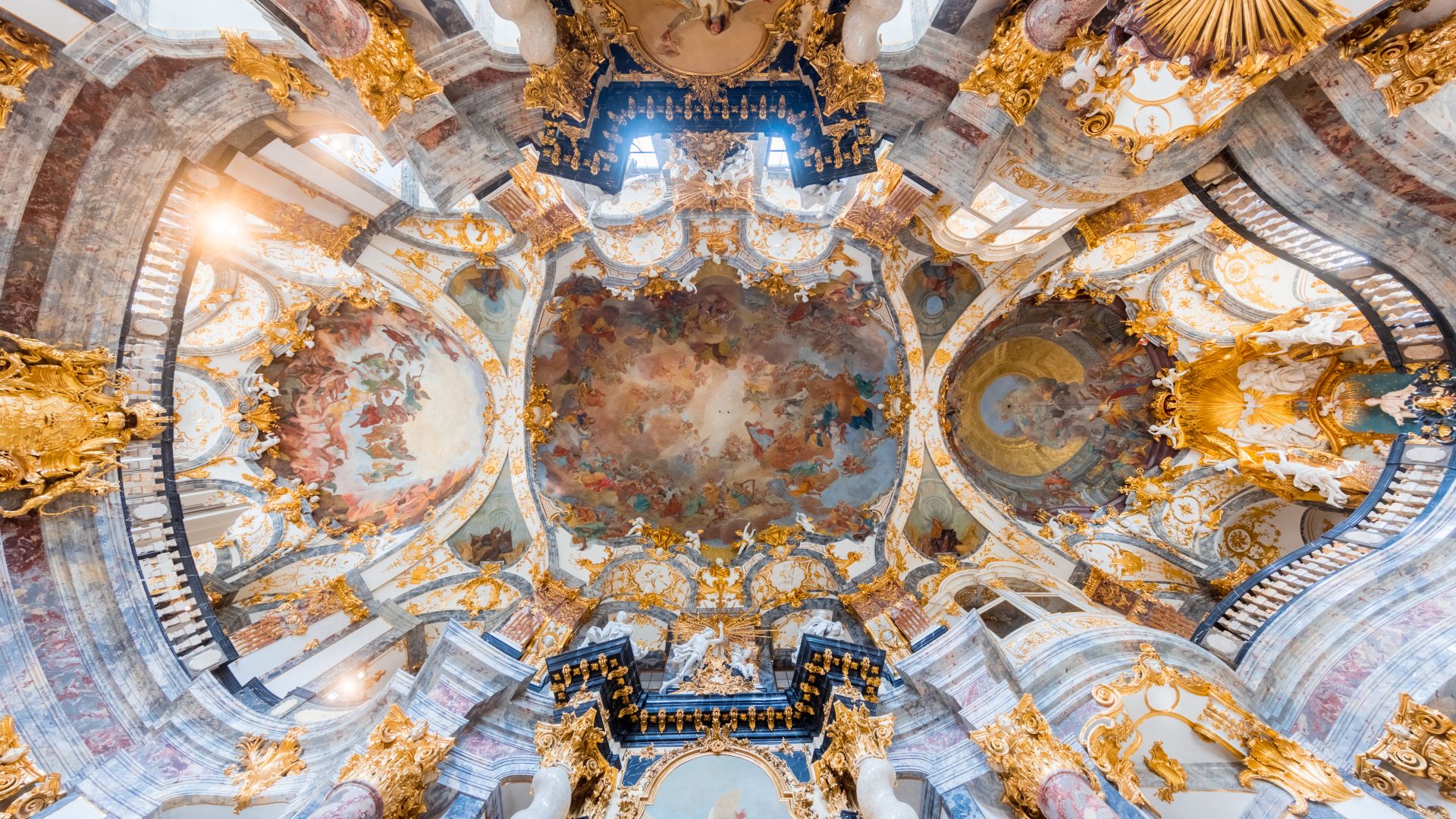
Würzburg: Würzburg residence with baroque ceiling paintings, UNESCO World Heritage Site
© GNTB (Loïc Lagarde)
Mirror, mirror on the wall, where is one of the most beautiful baroque castles in the country (in the south)? Answer: It is surrounded by (more than) seven vineyards in the center of Würzburg. It is not for nothing that the residence of the prince-bishop is also called “the castle above all castles”. It is no wonder that the group created by Balthasar Neumann, the famous German Baroque architect, is on the UNESCO World Heritage List. Among the castle’s 40 must-visit rooms (400 in total!), the world-famous staircase with the largest 18- to 30-meter fresco ceiling ever of painting, the Council Church, which is celebrated as “a wonderful representation of the place,” and the Hall of Mirrors. , rebuilt in 1887, are particularly exciting. The courtyard garden is also unique, with arcades and arches, steps and fountains richly decorated with putti and sculptures, representing a successful symbiosis of nature and culture. Some parts of the Lower Franconian town and wine town go back further than the 17th century: for example, the Church of St. its feet.
Fulda: A Baroque city with a medieval feel
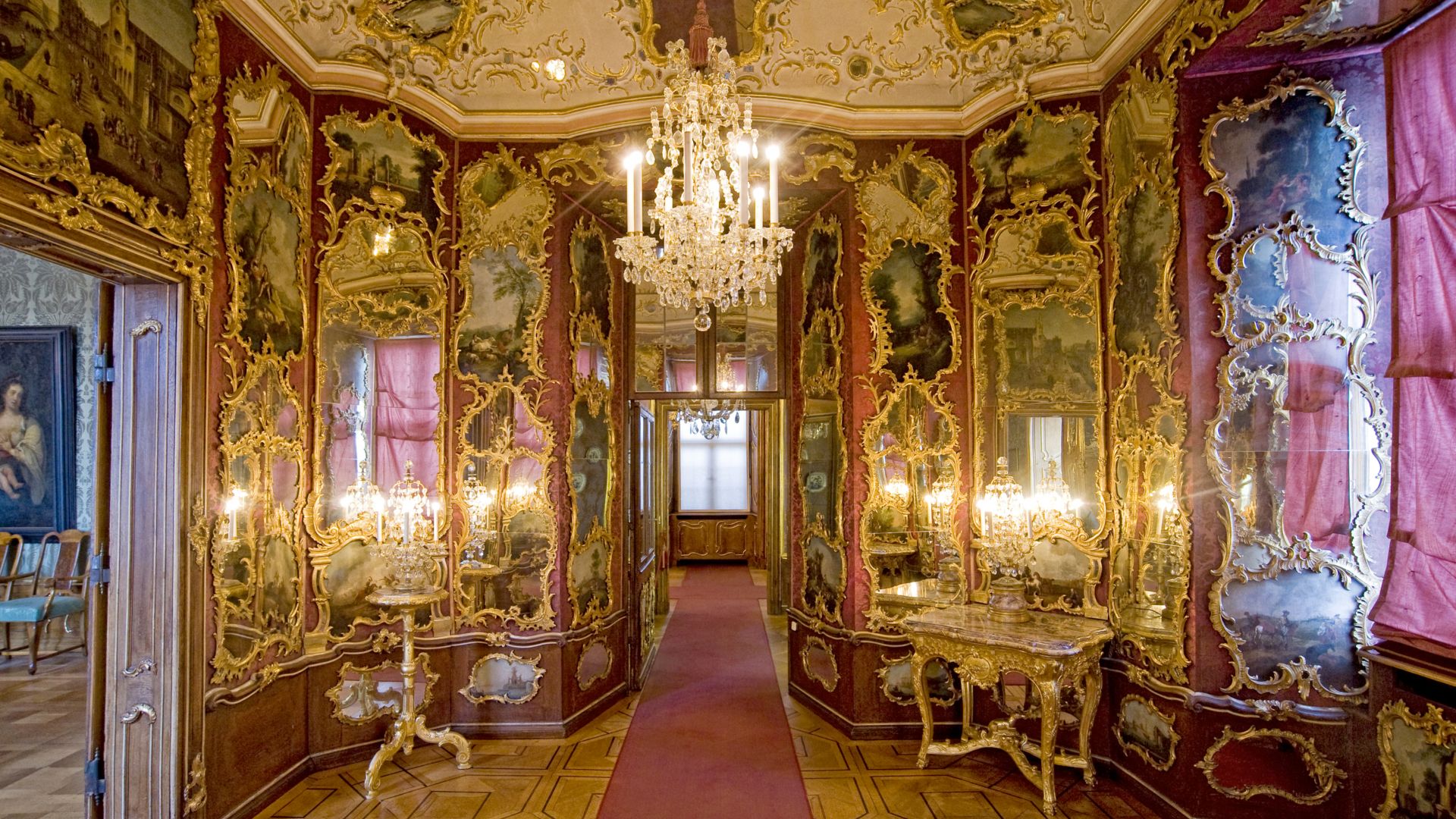
Fulda: Hall of Mirrors City Palace
©Fulda Tourism and Convention Management (Christian Tech)
Emerging from one of the largest and oldest monasteries in Central Europe, the Hessian town on the edge of the Rhön boasts over 1,250 years of history – from the Witch’s Tower to the Church of before the Romanesque St. Michael’s. However, many things happened especially in the 17th century and more in the 18th century, when many buildings were built or renovated so that Fulda has been called “Baroque City” since then. In the so-called Baroque Quarter, the most important buildings are very close, especially the magnificent St. Salvator Cathedral, built by the architectural light of Johann Dientzenhofer, and the baroque city palace, including the palace garden, orangery and about seven meters high baroque statue Floravase. The luxurious townhouses near Bonifatiusplatz as well as the nearby palaces of the nobility complete this combination. Just a few minutes’ walk away, the old town has a medieval look, thanks to the beautiful wooden houses, beautiful alleys and the remains of the centuries-old wall.
Potsdam: cinema castles and gardens
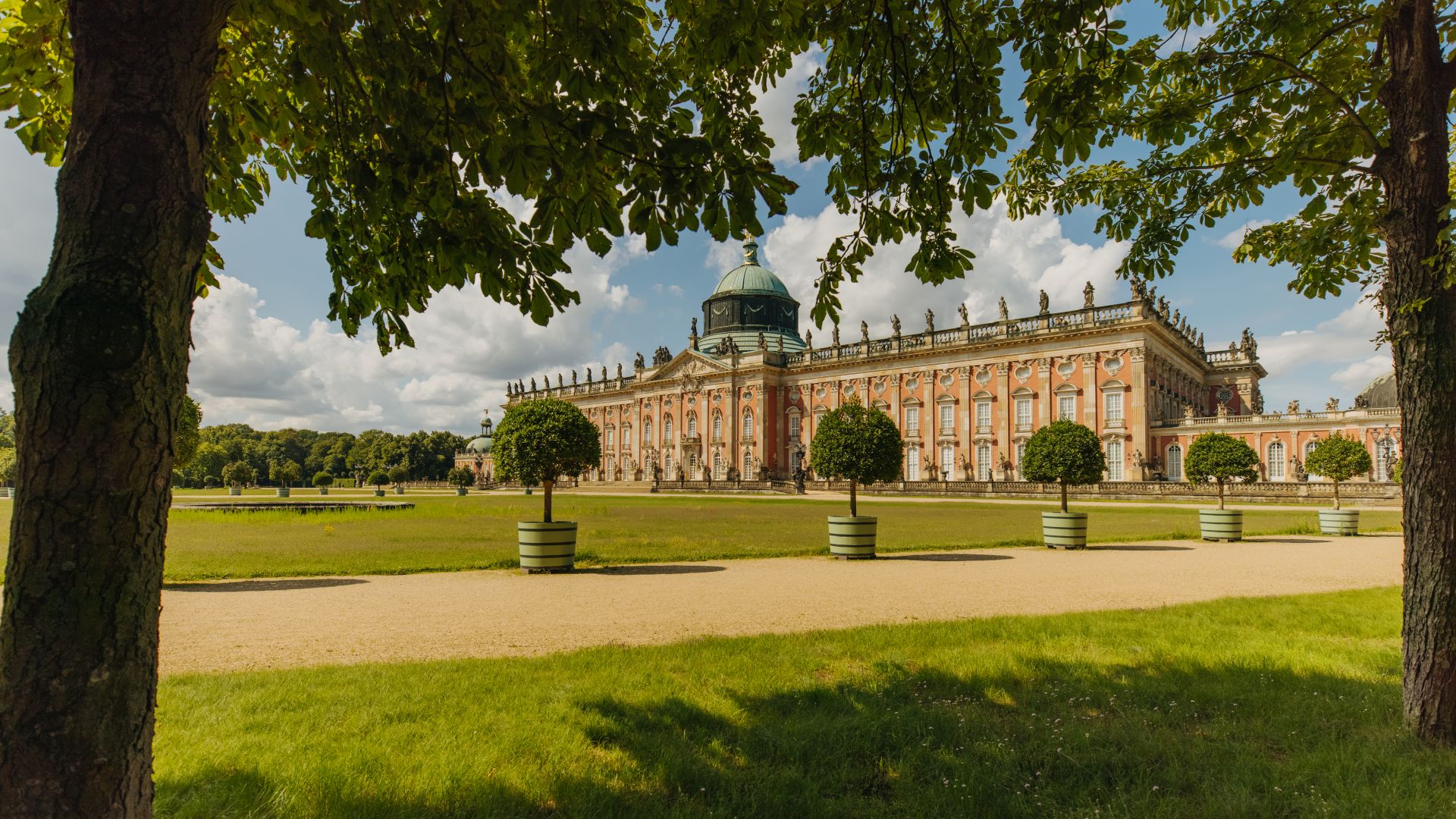
Potsdam: The Palace Garden of Sanssouci Palace
© GNTB (Julia Nimke)
It’s not as if Frederick William I invented Potsdam – after all, it was first mentioned seven hundred years earlier, before neighboring Berlin. But the “Soldier King” and more than his son, Frederick II, gave an unprecedented Baroque face that still shapes the city. They had buildings decorated with domes, gables and decorations. In addition, the Old Market, where the Nikolaikirche was later added, was restored. Major success: the major expansion of Sanssouci Park and the inauguration of the castle of the same name. Titles such as “Prussian Versailles” or “Masterpiece of German Rococo Architecture” speak for themselves. And the fact that the UNESCO World Heritage Site “Palaces and Parks of Potsdam and Berlin” was expanded twice. In 2019, all of Potsdam was named a UNESCO film city. In addition, Studio Babelsberg, founded in 1912 as the first major film studio in the world, is one of the most modern film and TV production centers in Europe.
Dresden: the pearl of the Baroque
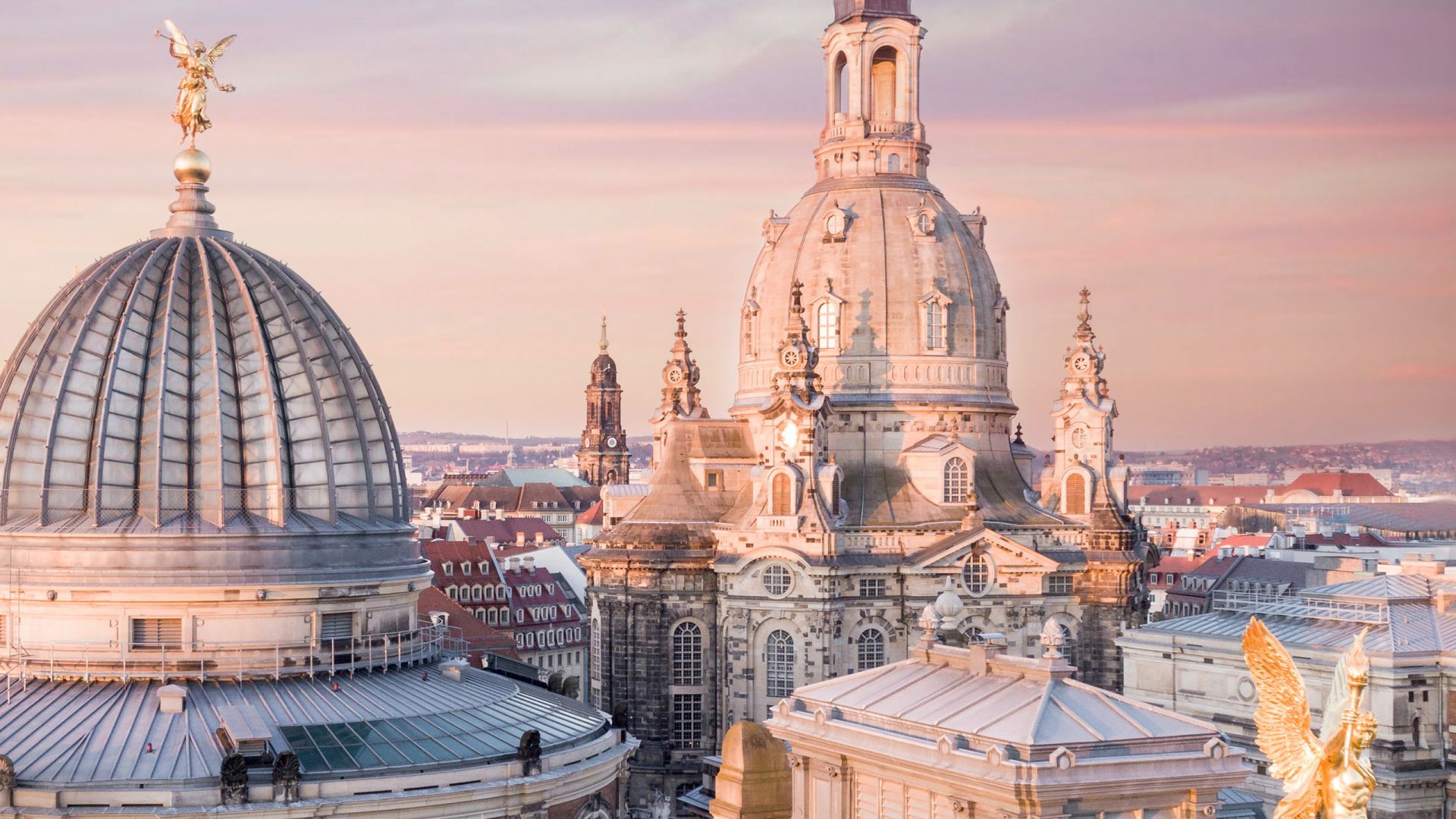
Dresden: Frauenkirche at sunset
©mediaserver.dresden.de (Tomy Heyduck (DML-BY))
Dresden must rise to “Florence on the Elbe” especially to the Saxon Elector August the Strong. The long-time ruler loved not only beauty, but also architecture. Both led to important buildings in the early 18th century. The most important: the Zwinger, whose round galleries, impressive pavilions and crown gate decorated with gold leaves no one indifferent, not to mention the Old Masters Picture Gallery located here and the largest porcelain collection in the world. Next door is the Semperoper, the next three-star venue. Like the Frauenkirche, which is close to the promenade, a great building was achieved here after the great destruction in the night of Dresden in 1945. However, to visit Moritzburg you need a car, to visit Pillnitz Palace baroque you can choose a ship. On their way to Saxon Switzerland, visitors can enjoy the sound of Dixieland, which is highly regarded in Dresden. Sometimes you can hear live music on the Brühl Terrace. By the way, August the Strong also had a hand in the “Balcony of Europe”. At least that’s what the legend says about his thumb on the rail.
[ad_2]


